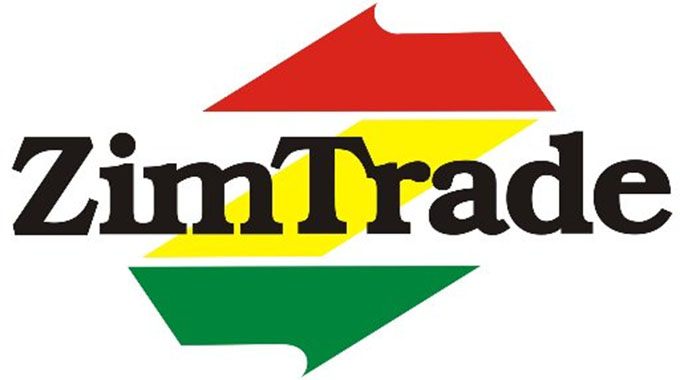‘Value-add goods to realise more export value’
LOCAL businesses should invest more in value addition and beneficiation and take advantage of various regional and international trade arrangements that offer broad markets for value added products.
While ZimStats has shown that exports for the half-year ended 30 June 2022 grew by 31 percent, some of the products were in raw form such as unprocessed tobacco, minerals and raw hides.
According to ZimTrade, the country’s top 10 export products are not value added, which presents a huge scope for scaling up domestic value addition and beneficiation interventions.
Speaking at the recent inaugural two-day Trade Tariff Conference hosted by the Competition and Tariff Commission (CTC) in Bulawayo, industry players said embracing value addition was the way to go.
CTC assistant director, Mr Isaac Tausha, said value-adding products brings more export
value and allows preservation of non-renewable resources like minerals.
“Let’s have finished goods being exported so that we attain more value as a country and
create more employment and value for the country,” he said.
Zimbabwe National Chamber of Commerce (ZNCC) vice-president, Mr Golden Muoni,
concurred saying given that Zimbabwe is an agro-based economy, scaling up value
addition will yield higher dividend on the export front.
World Bank representative, Dr Marko Kwaramba, said there was great opportunity in
exporting manufactured goods through the AfCFTA, in particular.
He said statistics show that processed goods have great potential in turning around the
fortunes of the economy.
“If we look at primary products like gold, they are concentrated in a few destinations. If
we say let’s equip the manufacturing sector and have manufactured products, we find out
that our value-added products have great opportunities,” said Dr Kwaramba.
He said if companies increase production of value-added goods across the spectrum
there is a huge opportunity to grow exports through the use of trade agreements the
country is signatory to.
ZimTrade southern region manager, Mrs Jacqueline Nyathi, said small to medium
businesses that have embraced value addition were making significant inroads in
exports.
For instance, she said value-added amarula and baobab fruits were generating huge
demand in the export market and having companies producing essential oils from such
fruits will bring great export opportunities.
“If we look at our top 10 export products you find out that they are not value-added and
there is a need to rectify this,” said Mrs Nyathi.
Zimbabwe is a signatory to several trade agreements at regional and multilateral levels
such as the Southern African Development Community (Sadc), Common Market for
Eastern and Southern Africa (Comesa), European Union-Eastern and Southern African
Economic Partnership Agreements, United Kingdom-Eastern and Southern African
Economic Partnership Agreements (UK-ESA EPA), World Trade Organisation (WTO) and
the African Continental Free Trade Area (AfCFTA) trade agreements.
THE Southern African Development Community (Sadc)
Meanwhile, Zimbabwe has narrowed its trade deficit for the half-year ending 30 June
2022 from US$923 million last year to US$772 million.
The bulk of imports are emanating from industry retooling expenditure and acquisition
of key raw materials, which dominate forex auction allocations and is seen as a good
indicator of a growing economy.
Trade deficit occurs when the cost of a country’s imports exceeds the value of its exports.
“During the period under review over the past two years, the country has witnessed a
steady growth in imports of machinery and equipment, from US$382 million in 2020, to US$654
million in 2021, and US$802 million this year,” said ZimTrade in a recent report.
“Consequently, the trade deficit for the period under review this year stood at US$772
million, which is a decrease when compared to a deficit of US$923 million recorded
during the same period in 2021.”
Analysts have said more serious approaches should be adopted towards value addition of
minerals and other products for the country to further narrow trade deficit by exporting
more valuable products.
Under the National Development Strategy (NDS1), the Government has identified exportled growth as one of its key deliveries to be achieved through diversifying exports. — The Chronicle











